For the first time we tell the full extraordinary story of a wealthy stunt driver’s crime syndicate, their multimillion-dollar heist at Holden’s Elizabeth factory – and the detectives who brought them down.
Disgraced stunt driver Robin “Robbie” Bolger, the key figure in the syndicate that stole more than $2 million in high-powered V8 engines and transmissions from General Motors Holden, has had a pecuniary order slapped on his luxury Gold Coast home.
Using SA’s confiscation of assets laws, the Director of Public Prosecutions has just secured a financial order against Bolger’s waterfront property for $334,552 – the profit police contend he made from the racket.
In May, the DPP obtained a restraining order on two of Bolger’s properties – his $1.5 million home and a nearby million-dollar block of land – preventing him from disposing of them before the pecuniary order was granted.
The move is the final stage in the lengthy legal saga stemming from the covert Organised Crime Task Force investigation into the racket.
It resulted in seven people being charged with offences ranging from theft to money laundering – with six of them convicted and four sent to prison.
The Advertiser can also reveal Bolger was released after serving just 12 months in prison following his unanimous conviction by a jury of 65 counts of laundering property and money.
Originally sentenced by Judge Steven Millsteed in April 2018 to six years and three months in jail with a three year and three month non-parole period, court records reveal Bolger was re-sentenced by Chief Judge Michael Evans on May 8, 2019. His adjusted sentence was three years and three months with a non-parole period of one year and one month, which was then suspended on condition of a 12-month good behaviour bond. Bolger was released from prison that day.
Bolger was the last of the seven charged in connection with the elaborate racket, which came unstuck after Elizabeth CIB detectives stumbled across two of the stolen engines and transmissions during an unrelated investigation in late 2011.
Not unsurprisingly, the detectives made inquiries with GMH and asked them if they were missing any engines and transmissions.
GMH’s initial stocktake found that in an eight-month period between June 2010 and February 2011, 120 engines had vanished after being delivered to Plant 7 within its Elizabeth complex.
It also found that its engines, which were only available to purchase through dealers, were being sold by engineering company CAPA Performance, at Berri in the Riverland.
A search of that premises by detectives confirmed this when two engines and over 100 transmissions were found. Crucially, detectives could positively identify the transmissions as belonging to GMH because they had been specifically made for V8 engines that were to be used in its luxury Statesman sedans in the Middle East, and were built with extra filters and oil coolers.
The proprietor of CAPA Performance, Tony Rullo, gave detectives their first major lead in the case via invoices from the man he had purchased the engines and transmissions from – a Mr Robin Bolger.
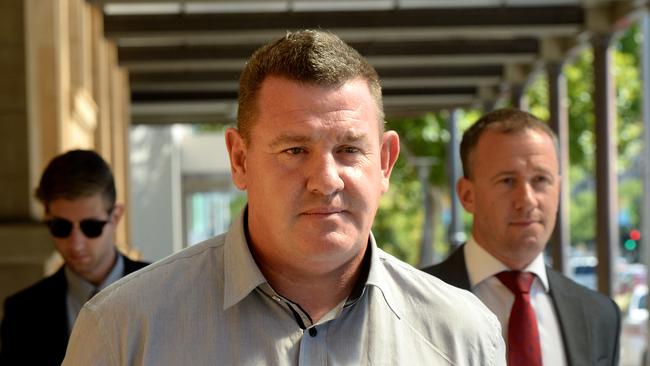
The chance discovery by the Elizabeth CIB detectives would soon bloom into a full-scale covert investigation, dubbed Operation Echidna, that uncovered theft from the GMH plant on an unimaginable scale.
The operation would smash a racket that was as audacious and bold as it was simple. For the ringleaders, having an inside man at the Elizabeth plant was as good as having the keys to the backdoor. Only in this instance, the stolen goods were being taken out the front door – right under the noses of less-than-attentive security guards.
Over a two-year period, 140 V8 engines and 175 transmissions were stolen from the plant and then sold to buyers across Australia that ranged from automotive engineers to participants in the tight-knit motor racing fraternity.
Operation Echidna case officer, now retired Detective Senior Sergeant Trevor Jenkins, said it was alarming a racket of this size was carried out by “relatively unsophisticated criminals’’ who could steal $2 million in components.
“This is a multinational company that spent multi-millions on security and inventory control and a group of pretty basic people found a way through that,’’ he said.
“I have lived and worked in Elizabeth since 1963. Everybody has known that stuff is being stolen from Holden’s, so you would not have a clue how far and wide this goes.
“There would be other groups similar to this, but perhaps not on the same scale.’’
Mr Jenkins, who spent 35 years working in general CIB, drug and organised crime units, said Bolger was initially interviewed only as a witness. When he and other detectives arrived at his palatial Gold Coast home – complete with a gleaming Lamborghini in the driveway – to speak with Bolger they were a tad surprised that he had two lawyers waiting for them.
“They spoke for 45 minutes and we were told Bolger wouldn’t be talking to us unless he had an immunity agreement from the DPP,’’ he said.
Not surprisingly, there was no interview and the lawyers left. But Bolger, with his larger-than-life personality and matching ego, couldn’t help himself and in conversation with the detectives then let enough slip to give them plenty of rabbits to chase down.
“He provided us with some information on how he came to possess the engines,’’ Jenkins said.

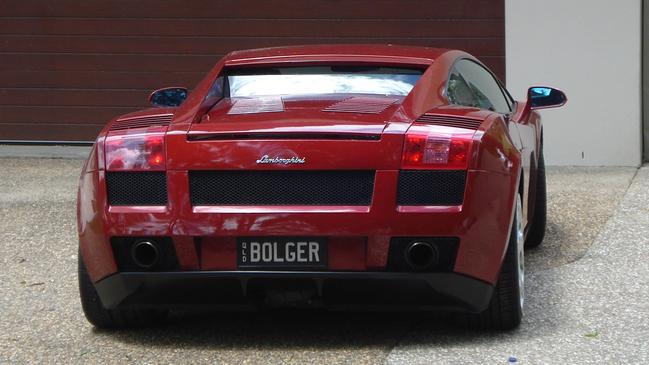
By that stage, Jenkins and Detective Sergeant Mark Hanssen had a handle on how big the racket was and it became clear they would need help. Then Superintendent Peter Harvey, now an Assistant Commissioner, authorised an expanded operation and a team that included detectives Dan Nelligan, Jason Cox, Greg Lambert, John Braithwaite, Tim Holmes, Mick McGinlay and intelligence analyst Tracy Demichelle was assembled.
What followed was weeks of old-fashioned detective work that included piecing together invoices, bank records and interviewing people across SA and the eastern states, along with intense examination of telephone records to build an accurate picture of just who was involved and the intricate workings of the racket.
Covert investigation methods and techniques also provided valuable evidence. In many instances they would corroborate evidence gathered by traditional methods.
“It was by combining the evidence gathered from physical and technical sources that we managed to discover each of the players in the racket,’’ Mr Jenkins said.
In the initial stages of the investigation prior to each of the suspects being identified, Mr Jenkins said they were still puzzled as to exactly how the engines and transmissions were being stolen. While it may have been simple to knock off a radio from the GMH factory in a lunch box, an engine was a different proposition.
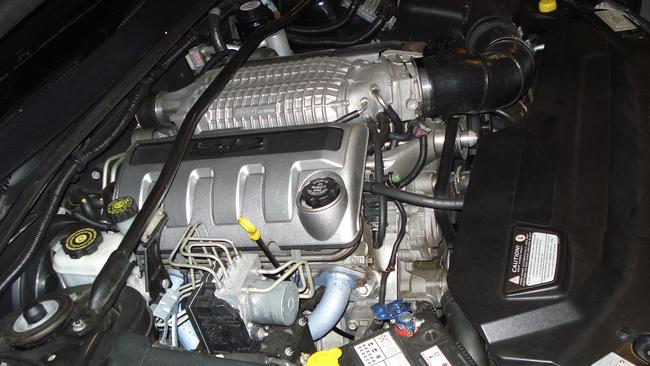
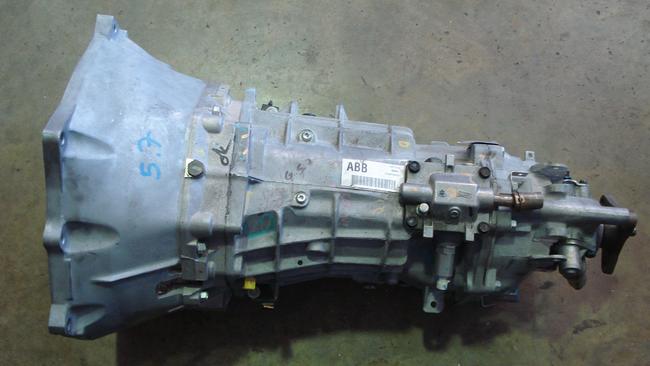
Detectives believed there were just three likely scenarios for the thefts – either in transit before reaching GMH, after arriving at Plant 7 while awaiting assembly or the least likely one – that they were left over and discreetly removed amongst rubbish from another area of the huge complex. It was an agreed fact that the latter two scenarios would need a forklift because of the weight of the components.
To ascertain the most likely scenario, Jenkins and his team visited Plant 7 in January 2012 during a 30-minute break between the day shift and afternoon shift when no employees would be present. As the detectives were being shown around a deserted Plant 7 checking out vast shelves that contained dozens of V8 engines and transmissions still in their crates, a forklift motored down the aisle beside them.
“Who is that?” Jenkins recalls asking their guide, a GMH executive.
He was told the forklift driver was Jason Walton, the store manager of Plant 7. He had the run of the storeroom by himself for 30 minutes each day. While that part of the puzzle had been solved, Walton was still several weeks away from being positively linked to the racket and did not react adversely to seeing the suited strangers examining his workplace.
Det-Sgt Hanssen also recalls that moment and how it crystallised just how simple the racket was.
“It was making more and more sense. It showed us the grey area where things could simply disappear. If it (the engine) had moved another 50 metres down that part of the facility then it would have raised alarms had they gone missing,’’ he said.
Mr Jenkins said a key factor in the success of the investigation was obtaining an undertaking from GMH giving up its rights to any engines and transmissions that police identified during the inquiry that had been purchased by unwitting motor enthusiasts.
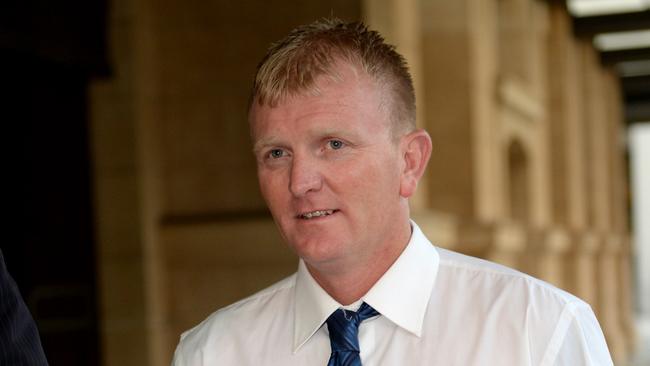
Clearly, GMH executives realised they would face a PR firestorm if hundreds of members of the public who had purchased the components in good faith were forced to hand them over, leaving them thousands of dollars out of pocket.
“It was crucial. We found many people who had bought engines but were reluctant to talk to us because they feared we would seize them. Once we assured them that would not happen they were happy to co-operate. We used their evidence and they kept their engines,’’ he said.
“On one such occasion a bloke had hidden his Commodore two streets away until we convinced him we just wanted to take photos of the engine he had bought.’’
His words were echoed by Det-Sgt Hanssen, who said the move was “significant.’’
“We would have had many hostile witnesses if GMH had requested us to return the engines to them,’’ he said.
Detectives had little trouble in identifying the stolen engines once they were located. When a car is being manufactured, an engine number is stamped on the cylinder block on the assembly line. The engines stolen prior to assembly did not and had crudely stamped numbers on them, usually the same as the engine they replaced. Some were even easier to identify – bar code stickers used for shipping purposes had been carelessly left on.
Mr Jenkins said literally dozens of individuals were spoken to in such circumstances, enabling detectives to build a picture of how they purchased their engines or transmissions and from whom, how they were delivered and by who and crucially, how the money they paid was being distributed and who was keeping most of it.
Analysis of mobile phone records revealed the inside man, trusted stores manager Jason Walton, would contact courier driver Richard Jorquera via text when a shipment of engines and transmissions arrived from Mexico. For an inexplicable reason, Jorquera was allowed access to Plant 7 at will, and would collect the goods in his van.
After leaving Plant 7 the engines would either be stored at a Cavan facility or be taken to the Riverland property of a chap called Jason Gangell, who would pay for the engines using cash that Bolger – who had connections throughout the east coast racing fraternity – had deposited in his bank account. Detectives established that some $472,000 passed through Gangell’s accounts in this way.

On other occasions, Gangell would often deliver the engines to buyers himself, or drop them at a transport company for shipment to the purchaser. Some would find their way into the hands of a Darren Thorne, who had an engineering business at Mt Barker that built off-road buggies. CAPA Performance had also purchased many, many engines and transmissions from Bolger.
The going rate for one of the high-powered 6.2-litre engines was $8500 and $3500 for a high-performance transmission.
Mr Jenkins said investigations discovered the engines and transmissions were not secretly removed at night, but brazenly taken out of the factory in plain sight of other employees and security guards.
“Jorquera would come into the plant in his little van, with no mandate to be on the property at all and no one checked what he was even there for,’’ he said.
“When he was going out the bumper on the back of his van was almost scraping the bitumen because he had two V8s in the back. No one ever said to him ‘what have you got in there?’ Not once.’’
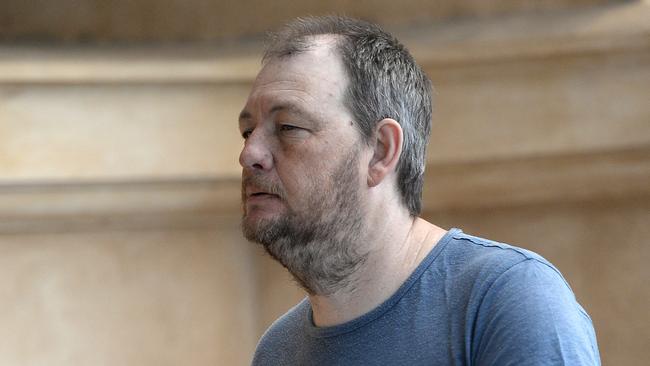
Such was the guards’ familiarity with Jorquera, they all referred to him simply as “the Mexican’’ as they waved him through the security gates.
Just four of the seven charged over the thefts ended up serving prison sentences. Walton received six years, Jorquera six years, Gangell three years and one month and Bolger a year before he was resentenced and released.
Two other offenders, Michelle Rose and Darren Thorne, received suspended sentences. All charges against Tony Rullo were withdrawn.
Det-Sgt Hanssen said besides the early guilty pleas by several offenders, Bolger’s conviction validated the work of the Echidna team and prosecutors Gary Phillips, Rob Walker and Peter Longson.
“It is satisfying when you go through an investigation process and a jury comes back with a unanimous verdict,’’ he said.
“By the end of our investigation Bolger was the main player, he was the one we ultimately wanted but didn’t expect we would get. It was a very, very satisfying outcome.’’
While Operation Echinda – which won an international award for excellence – only examined a two-year period, detectives are certain the thefts had been going on for a considerable period prior to their investigations. A number of the transmissions found at CAPA Performance dated back to 2009.
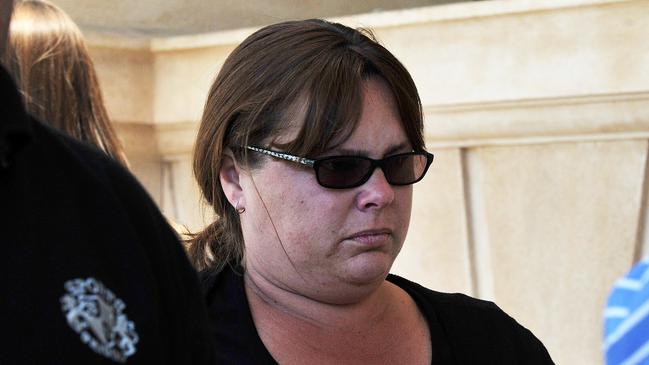
“It may have been one or two initially, but my belief is once Bolger became aware of the ability to obtain engines and gearboxes from GMH, I think it then became a matter of greed,’’ Det-Sgt Hanssen said.
“That is why it grew as quickly as it did to the extent it did and ultimately was their undoing.’’
While those responsible carry the blame, the incredibly poor stock monitoring practices at GMH made it possible for them to commit the crimes. Tellingly, what Operation Echidna discovered has resulted in GMH overhauling its inventory practices worldwide to prevent such thefts.
But astonishingly, because GMH had virtually no record just how many engines and transmissions were actually being used on its assembly line, the true scale of the thefts from Plant 7 will never be known.
